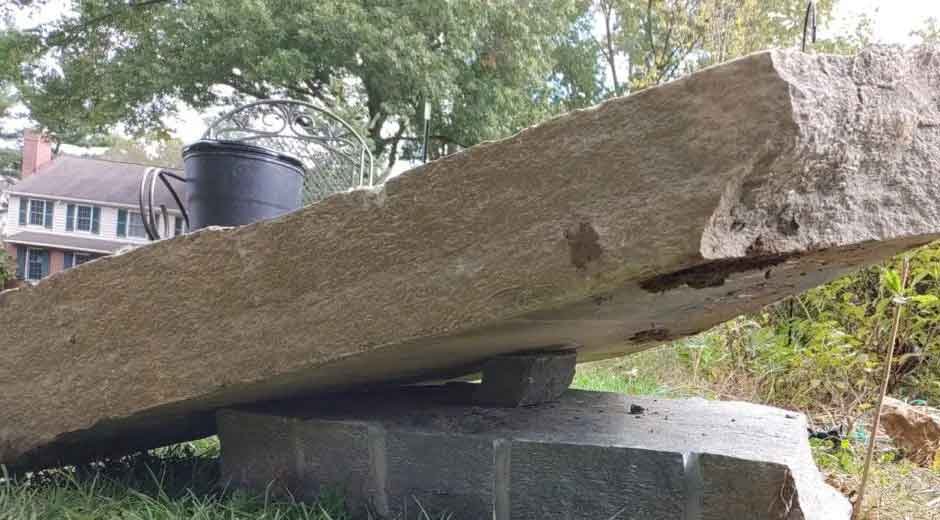Ever seen a massive building site and wondered how they move all that rock and concrete around so quickly? It looks impossible. There are piles of heavy materials everywhere, trucks going back and forth, and crews working nonstop. But behind the scenes, smart machines and planning make it all work smoothly. What looks super intense is actually a well-organized system that helps big jobs get done faster than you’d think.
Big construction projects rely on speed, timing, and the right equipment. Without that, even the best workers would get stuck trying to move huge amounts of heavy material by hand or with basic tools. One of the biggest challenges? Moving aggregate and concrete—the core materials used to build just about everything.
Why Moving Materials Is a Big Deal
When a company builds a road, bridge, or skyscraper, they need to move tons of material. Aggregate is just a fancy word for things like crushed stone, sand, or gravel. Concrete is made from some of that aggregate, mixed with cement and water. All of it is heavy and usually needs to be delivered exactly where it’s needed—sometimes high up, sometimes deep in the ground.
If it’s not done right, it slows everything down. Workers might have to spend extra hours hauling things from one spot to another. Or worse, the material might get damaged, wasted, or poured in the wrong place. That’s why a lot of construction teams don’t only rely on trucks and shovels anymore.
Some sites now use a top-rated aggregate & concrete conveyor system to move materials. These machines act like long belts that carry gravel, sand, and even wet concrete right where it’s needed. This cuts down on time, avoids extra labor, and helps projects stay on track. It’s not the only option out there, but it’s something many teams now consider when they want to speed things up or reduce risk.
What Is a Conveyor, and Why Is It So Useful?
A conveyor is a machine with a belt that moves materials from one place to another. You’ve probably seen one at the grocery store moving your food down to the cashier. On a job site, it’s the same idea—just way bigger and stronger.
Construction conveyors are built to handle thousands of pounds of material. They can be placed on the ground, attached to a truck, or even tilted up at an angle to send concrete to upper floors of a building. They’re designed to be tough, flexible, and easy to move around.
The real benefit is that they work non-stop and don’t get tired. Once the system is running, it keeps feeding the job site with the right amount of material, at the right time. No waiting. No mess. Just steady progress.
Trucks vs. Conveyors: What’s Better?
Trucks still have a big role in construction. They carry materials to and from the site, especially from places far away. But once the materials are there, it’s not always smart to use a truck to move everything inside the site.
Trucks are huge. They need space to drive, turn, and dump. In a tight or busy work zone, this can be a problem. Plus, they might not be able to reach every part of the site—like an upper level or deep foundation.
That’s where conveyors come in. They can get into places trucks can’t. Some are even designed to be mounted on trailers or rolled into tight spaces. And while a truck has to stop and be reloaded, conveyors can keep going, making the whole process more steady and less rushed.
Saving Time and Energy on Big Jobs
One of the biggest things that slow down a project is waiting. Waiting for materials to arrive. Waiting for space to clear. Waiting for machines to be ready.
Conveyors help fix this by keeping things moving. Instead of needing 10 people to shovel and spread concrete, a conveyor drops it exactly where it’s needed. Workers can start leveling and finishing it right away.
That saves time. But it also saves energy. Workers don’t have to move heavy buckets or push wheelbarrows full of wet concrete. That means less fatigue and fewer injuries. And when people aren’t worn out, they work faster and make fewer mistakes.
Not Just for Concrete
Even though they’re great for pouring concrete, conveyors are also used for moving dry materials. Sand, gravel, topsoil—whatever needs to go from one place to another. Some machines are designed to handle both wet and dry materials without needing much cleanup in between.
This makes them super flexible. If a team is pouring concrete one day and filling a trench with gravel the next, the same machine can usually handle both jobs.
When It Makes Sense to Use One
Not every project needs a conveyor system. On small jobs, it might be easier to move materials by hand or with a small loader. But on medium to large jobs, or projects where space is tight, conveyors can make a big difference.
They’re often used for:
- Roadwork, where a steady flow of material is needed across long distances
- Basement construction, where material needs to be lowered or raised
- Building foundations that require exact placement of aggregate
- Any job where keeping things clean and controlled is important
It’s all about finding the best way to keep work moving without adding stress or extra steps.
What to Remember About These Machines
Conveyors aren’t new, but more builders are starting to see how helpful they can be. They don’t replace every other machine, but they fill in the gaps where trucks and loaders fall short. Especially when working with heavy or messy materials, being able to move things smoothly and safely is a big win.
It’s not just about speed either. When materials are handled better, there’s less waste. That saves money. There’s also less risk of injuries, and fewer delays caused by spills, breakdowns, or waiting for equipment.
Final Thoughts
Big construction jobs need more than just muscle. They need smart tools and smart planning. Using things like conveyors helps workers stay focused on the real job—building. Not just hauling materials all day.
So next time you see a road being built or a tall building going up, think about everything happening behind the scenes. From the machines moving concrete to the workers making sure everything lines up, it’s all part of what keeps the project rolling without breaking a sweat.










